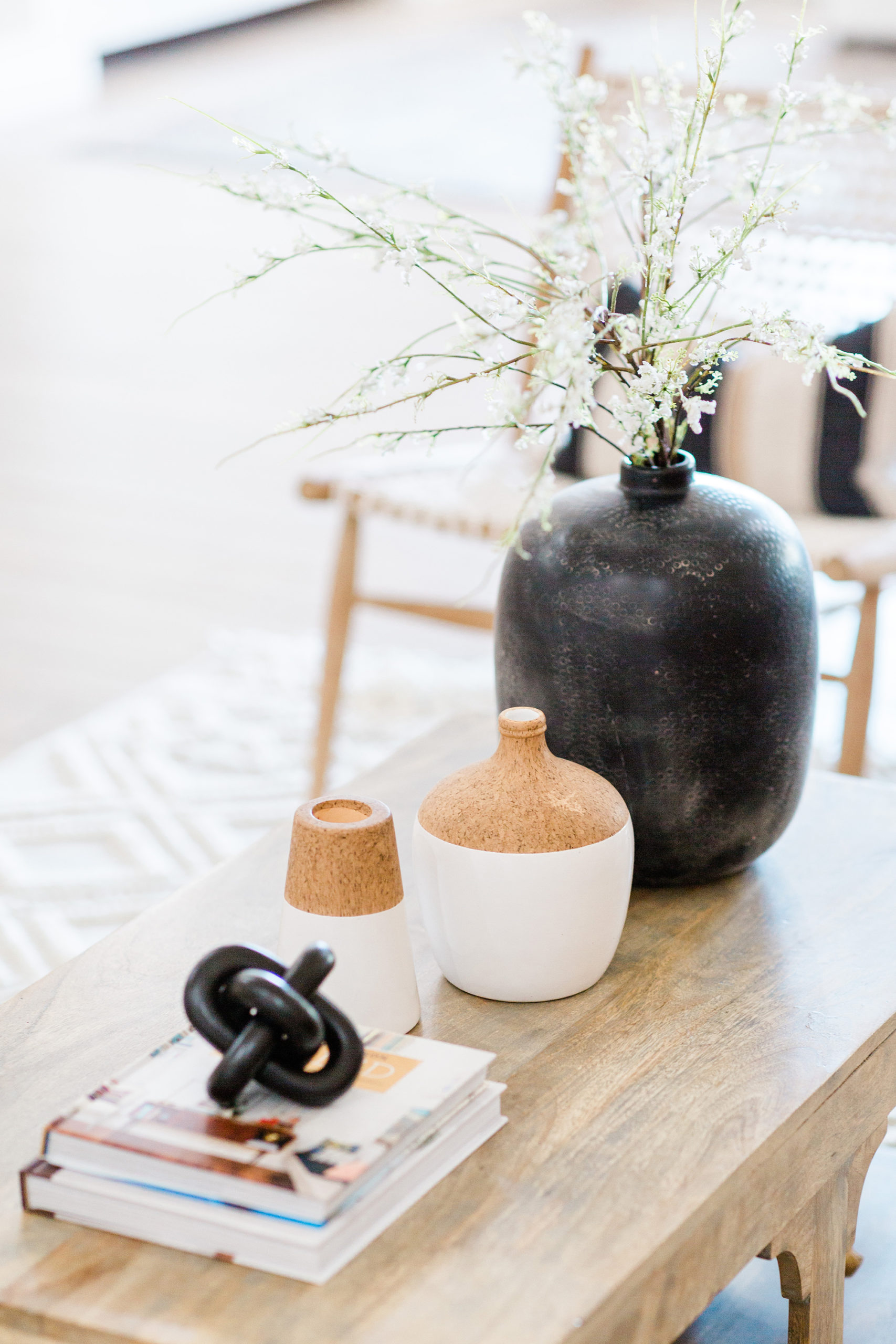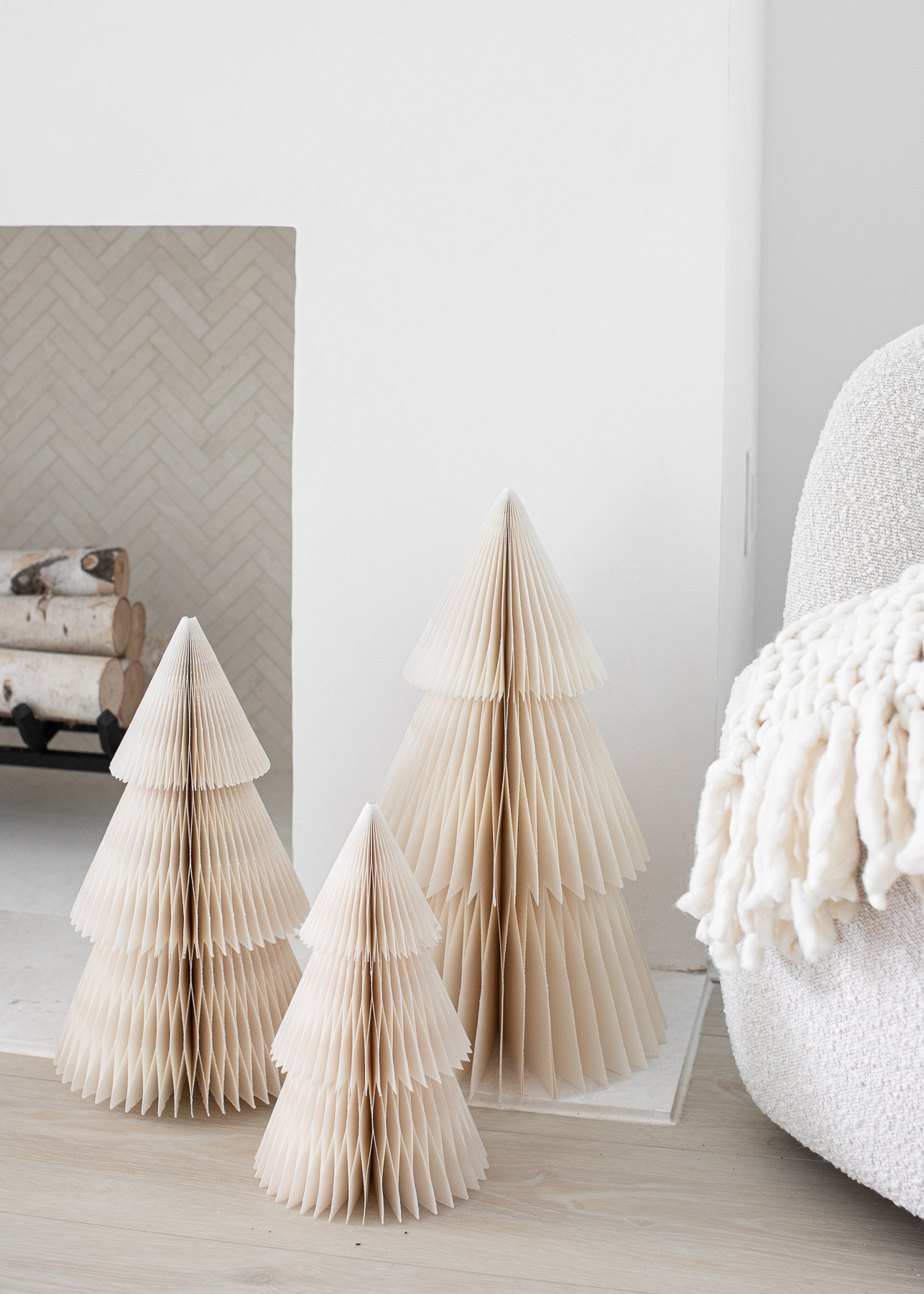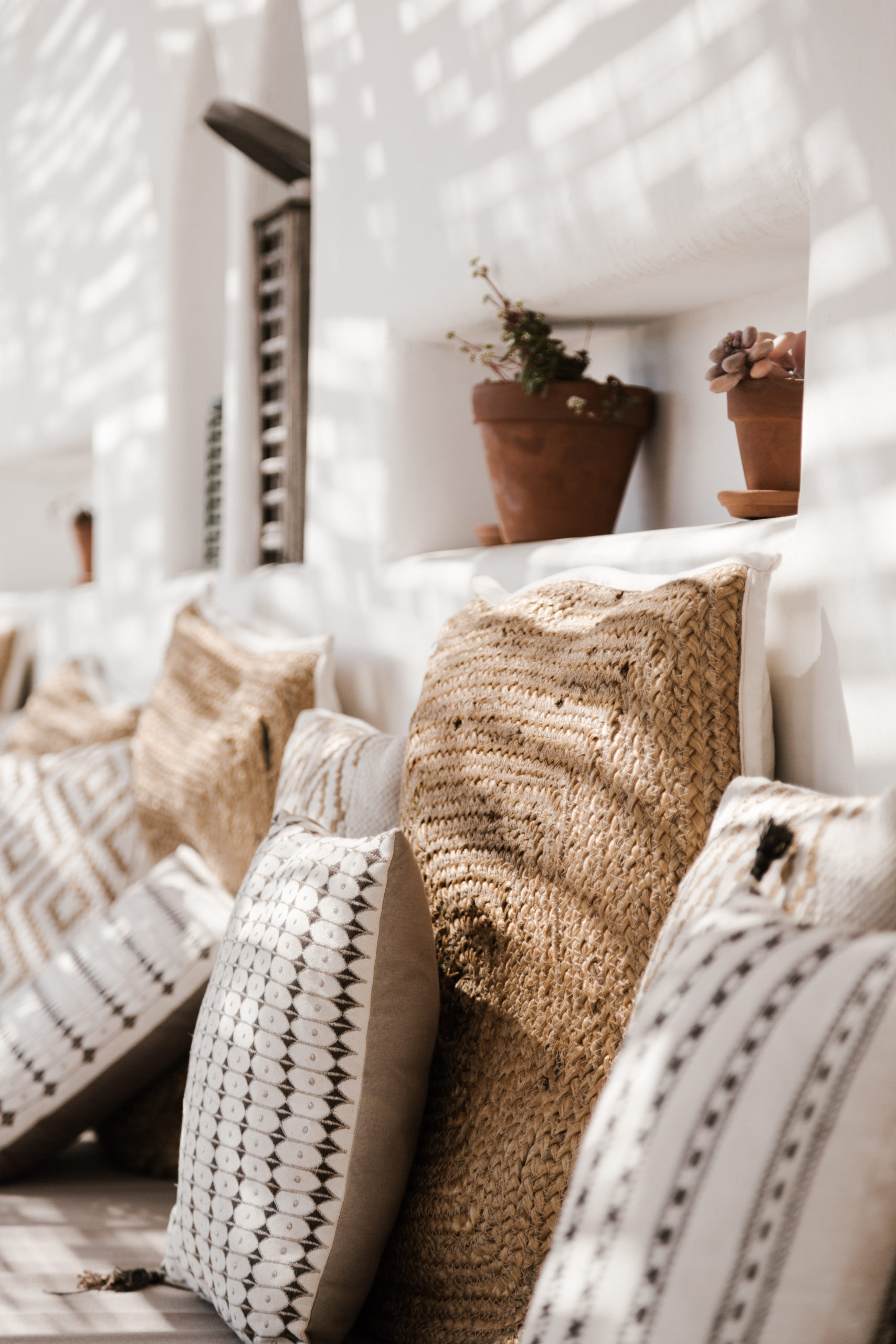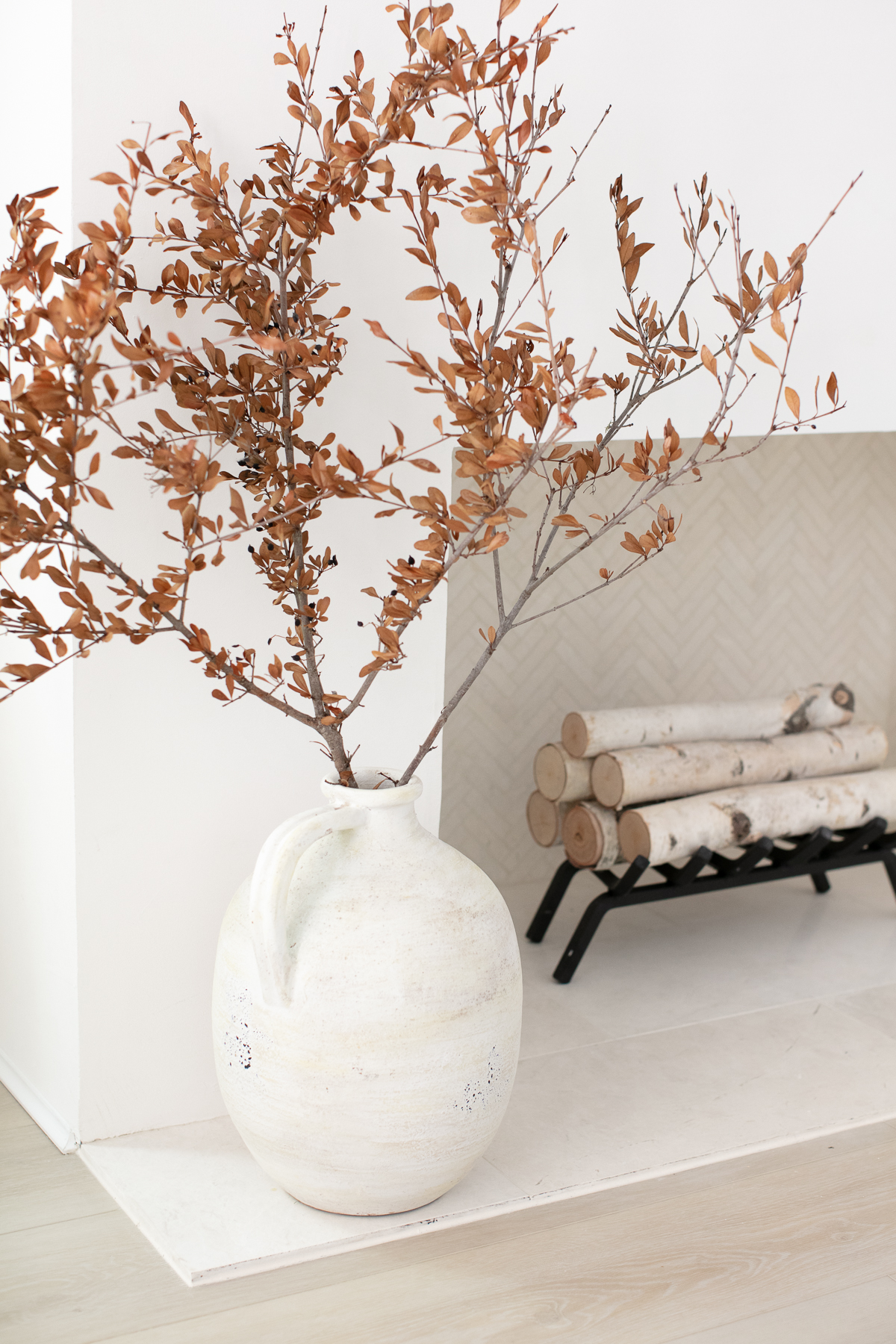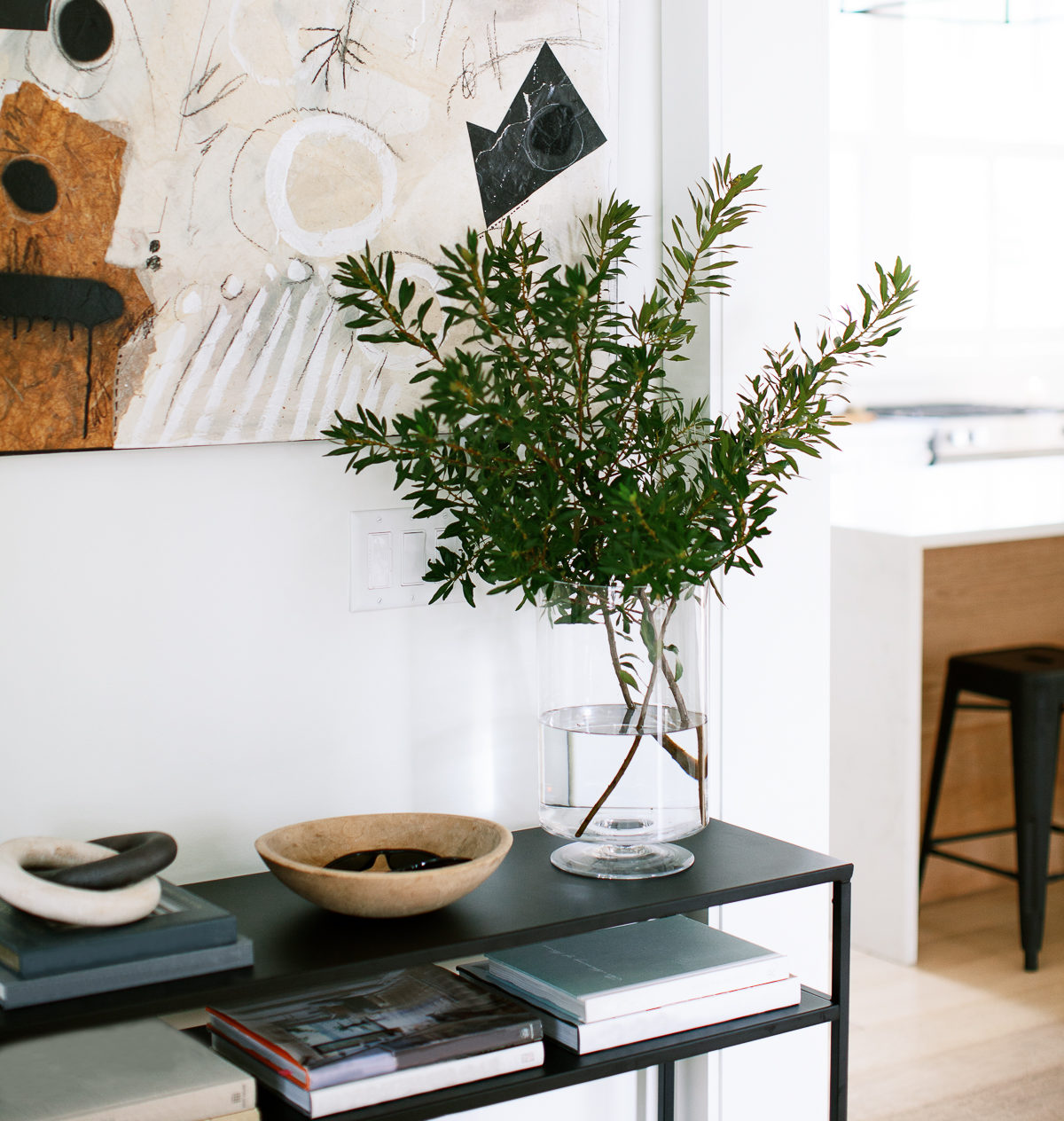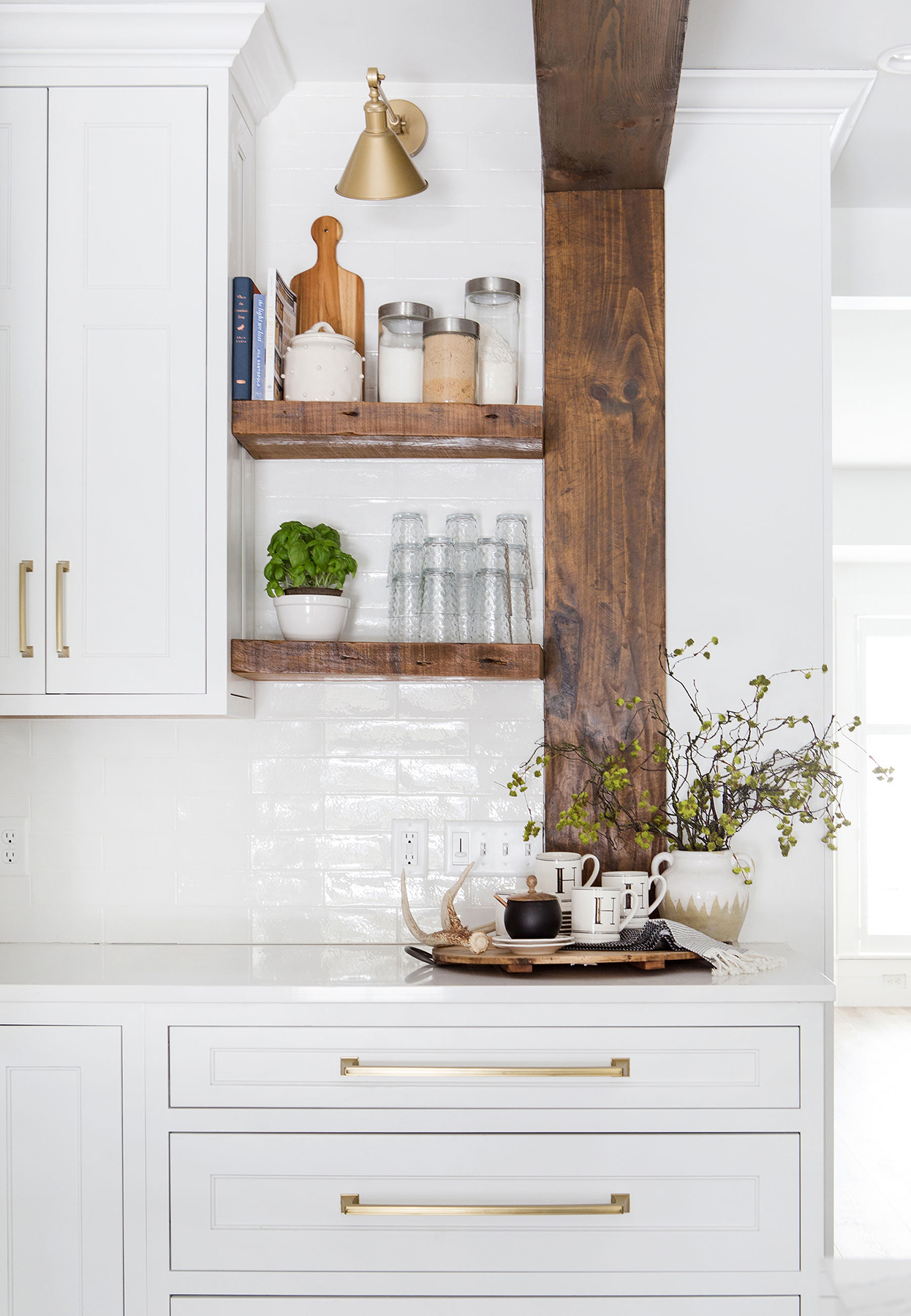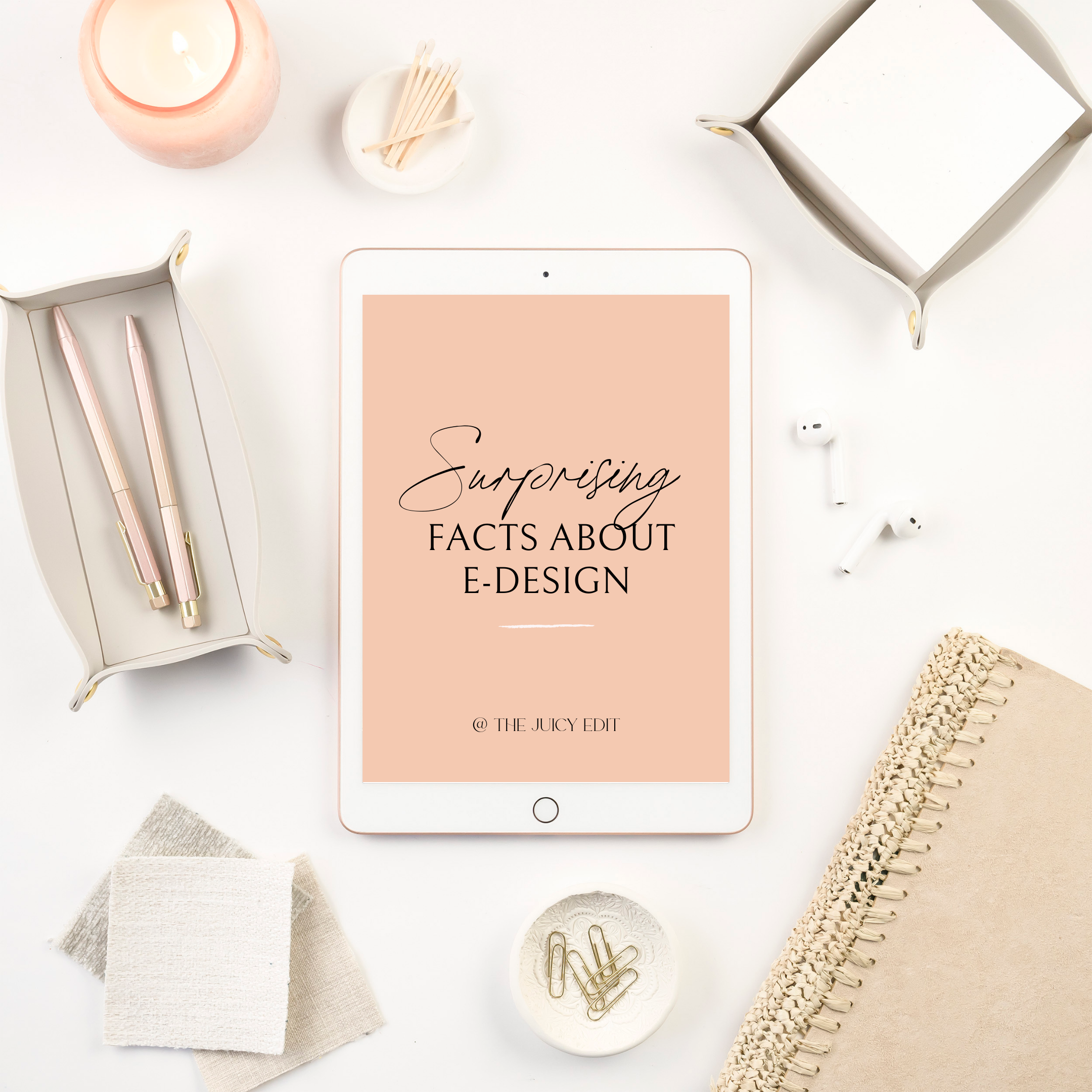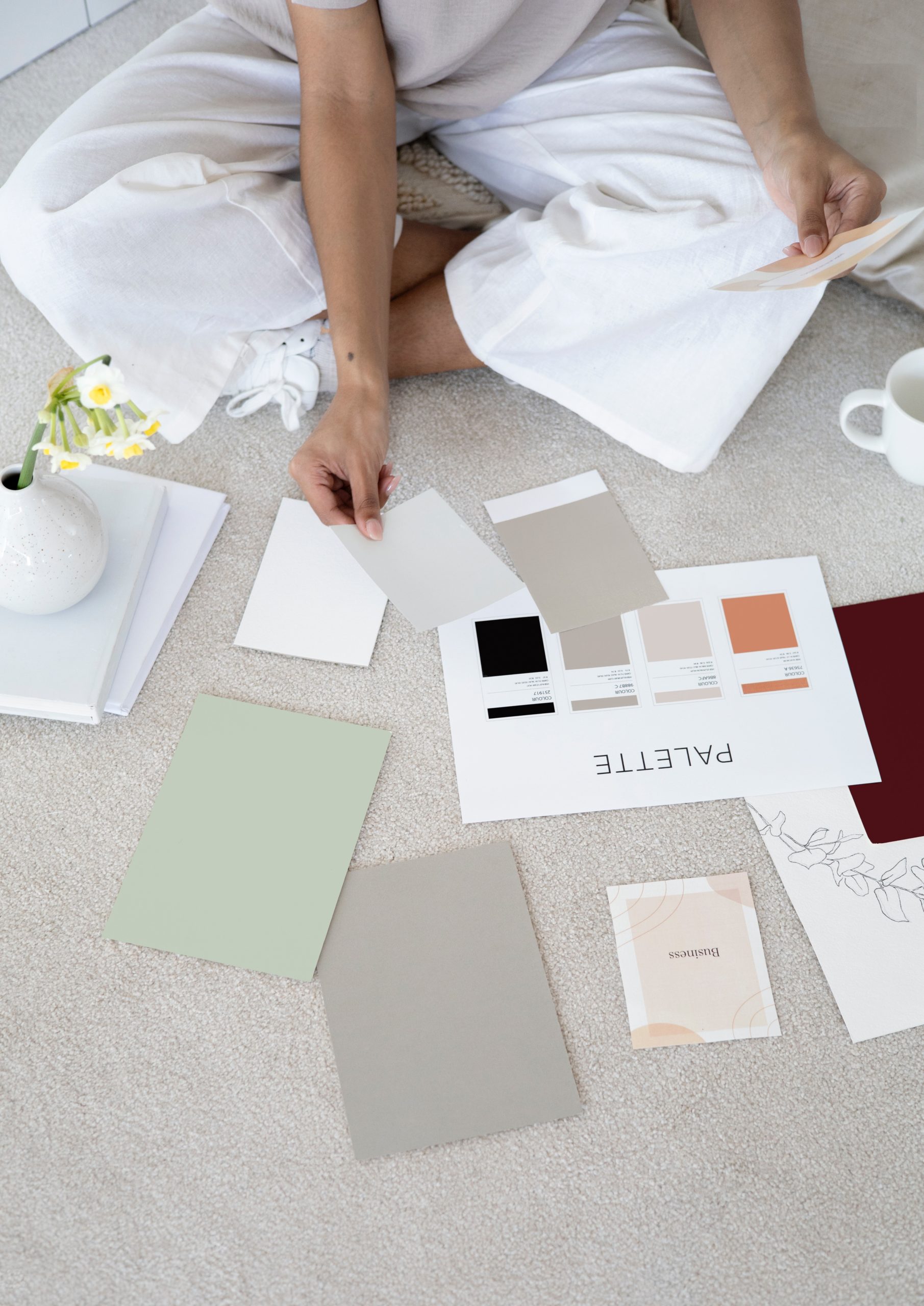For most homeowners, a complete design revamp of their home is the ultimate fantasy. But the reality is that taking care of any design project is a considerable undertaking.
Pair this with the fact that if you’re not moving into a new home, your space might be “designed” with furniture and decor accumulated over time.
Instead of trying to improve an entire room at once – which is really expensive – consider making a series of crucial design updates to your already decorated space.
This approach pops the question: Where do I start?
To help, I collected some expert tips on what I think is the best approach to making practical, stylish, and manageable updates to your home, one step at a time.
Step 1: Assess What’s doesn’t Work.
The first question you need to ask yourself when updating any space in your home is: What’s not working?
Knowing this will help you focus on what you should refresh in your room and – if it’s multiple things – help you prioritize which one to solve first.
If it’s your layout…
Try to pinpoint what you want of your room. For example, do you need a more multipurpose setup because you have small kiddo running around? Or is it that you want to create an ambiance more favorable to unwind?
Take your time when thinking about how you’ll be using your room, as this decision can help you with what sorts of significant updates you’ll need to make in your design project.
If it’s your furniture…
Think about why your existing pieces aren’t working.
Let’s say, for example, you don’t have enough places to set down cocktails!
Get precise about what it is about your furniture that’s no longer satisfying your needs.
If it’s your room’s style…
Try to refine the details and start there. Is your room lacking in color? Are you looking for prettier, more grown-uppish furnishings? Or are you simply trying to figure out what your style is?
If it’s the end, my Style Quiz can help provide some guidance. But, keep your focus simple and straightforward in terms of what you feel you are stylistically craving.

Step 2: Set a Long-Term Goal
Once you’ve identified the focus for your design updates, set a long-term goal for your room and step back to where you are now.
If your goal is to set up a better flow…
Think about how you’d ideally like people to interact and move around in your room. This will help you outline the best layout for your space.
If your intention is to upgrade your current furnishings…
Whether it’s changing in bigger, comfier seating or adding a nicer accent table, knowing what your ideal room looks like will help you design how to get there.
Identifying where you aspire to end up is an excellent way to guide the choices you make now to update your room.
Step 3: Start With One Main Objective
Don’t worry if your answer to the prior questions ended up being ‘everything needs a refreshing.’ It’s natural for all the little things to accumulate, but don’t let it confuse you. Stay on track by laser-focusing on one problem at a time.
If you’re focused on creating a better layout…
Try to recognize if there’s a piece that’s currently forcing off the arrangement in your space and contemplate if it’s still needed or not.
It’s crucial, to be honest with yourself. If an item simply does not fit in with your room and keeps you from achieving your ideal layout in your end goal. – these could be chairs that have nowhere else to go in your home.
If you’re keen on updating your furniture…
is your sofa, accent chairs, TV stand, and layout all need rethinking? Start by identifying how is the more prominent item, which is often your sofa. Then use your sofa as a guide to move on to the next big furniture problem.
In this situation, work for your furniture first rather than trying to find the best sofa and design the best layout at the same time. This will help you slowly develop towards your end goal for your space.
If you’re fine-tuning the style in a space…
Choose an aesthetic angle to help guide you. Color is often a great starting point, so take a little time to land on a color palette that will provide the ambiance you wish to create in your room.
Step 4: Don’t Get Pessimistic
At this point, it’s easy to feel overwhelmed and rattled as one thing feels like it needs to work with another. Keep grabbing one issue at a time and using each solution to tell your next decision.
Making long-term updates is a process, so, generally, things might not feel entire right away. Keep at it, and don’t get discouraged!
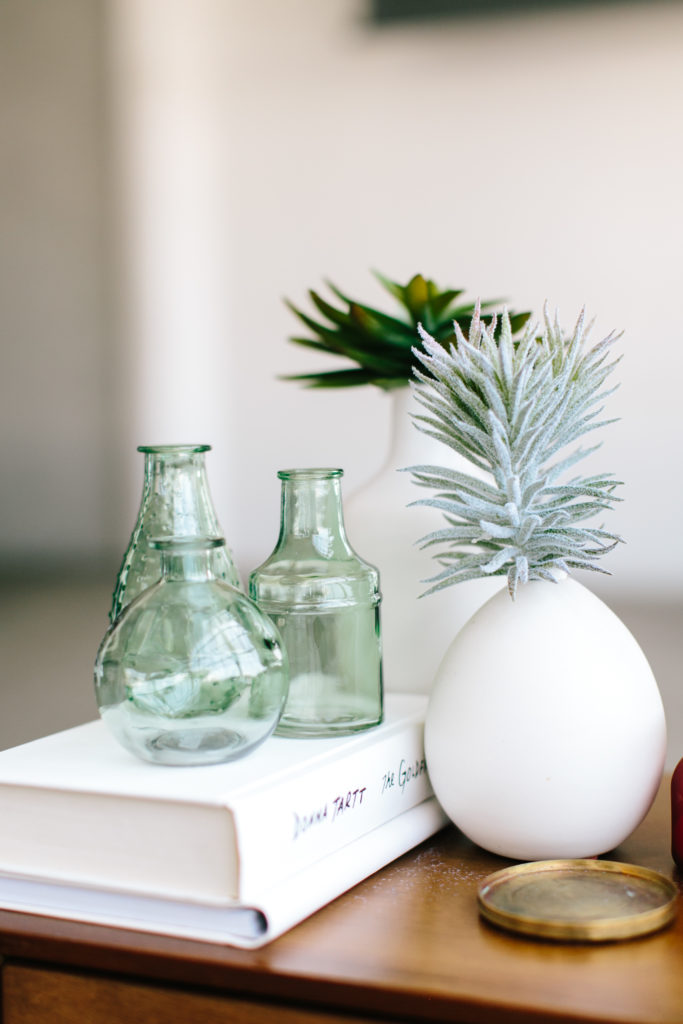
Step 5: Stay With the One-By-One Approach
Eventually, you’ll have made some decisions about your room and have refreshed all and any oversized items.
Then, turn your center to smaller problem areas or pieces and go through the same vetting process. This is where you might concentrate on pillows for the sofa, art for the walls, or any decor. Slowly, your original vision for your room will begin to take shape.
Step 6: See It All Together Before Investing
Finally, it can help see all your ideas come to life in your space before making any purchase. This is also an excellent time to make sure measurements, sizing, and style comes together for a cohesive look.
Developing a design project is not an easy task, but you can bring your vision to life with a starting point and patience.
